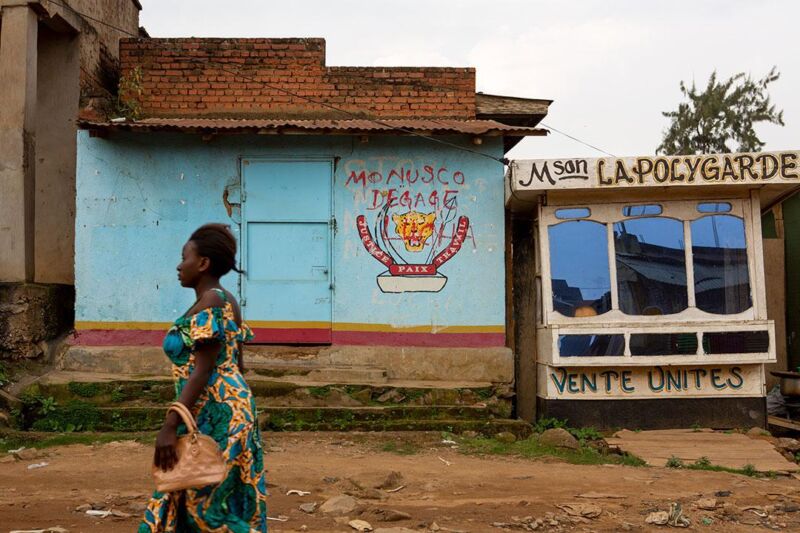
M23, a previously dormant rebel group, which UN reports suggest is backed by Rwanda, is wreaking havoc in eastern Democratic Republic of Congo. Fighting has driven tens of thousands of people from their homes and could spiral into a wider regional proxy war.
M23 holds several towns and surrounds the provincial capital of Goma. In 2013, the group was beaten back by a ramped-up UN force but now appears well-armed and organised. It includes ex-Congolese soldiers, many of whom are Tutsis, an ethnic group spread across Africa’s Great Lakes, and profess to champion communal interests.
M23’s sudden re-emergence owes as much to tensions among Great Lakes states as it does to local dynamics. The Congolese government had been trying to reassert its authority in the troubled east, home to dozens of rebel groups, including some from neighbouring countries. Last year, Congolese President Félix Tshisekedi invited in Ugandan troops to fight the Allied Democratic Forces, a mostly Ugandan group that declares itself part of the Islamic State. The Congolese president appears to have quietly approved Burundian operations on Congolese soil, too. That irked Rwandan President Paul Kagame. He saw his neighbours’ presence as potentially depriving Rwanda of influence in eastern Congo, where it has economic interests, like Burundi and Uganda, and has long fought insurgents of the Democratic Forces for the Liberation of Rwanda (known by the French acronym FDLR), a remnant of the Hutu militia responsible for the 1994 genocide.
Tshisekedi accuses Kagame of backing M23 as a way to extract Congolese resources. UN experts also point to Rwandan support for the rebels, with one leaked UN report in December 2022 saying there was “substantial evidence” that the Rwandan army directly intervened in Congo’s fight against M23 and backed the group with weapons, ammunition and uniforms. Kigali rejects the allegations. In turn, it accuses the Congolese army of working with the FDLR (which Tshisekedi denies, though UN reporting also largely confirms).
An added complication is Congo’s general election in 2023. The vote could mark for the country another step away from its disastrous civil wars two decades ago. But suspended registration or voting in the east due to violence would cast a shadow over the results. Tshisekedi might also want to turn up the anti-Rwanda rhetoric when campaigning, which would endanger minorities that some Congolese already paint as M23 supporters.
An East African military mission – minus Rwanda, whose contingents Kinshasa rejected – has a mandate to restore calm to eastern Congo. The UN has a 14,000-strong peacekeeping force, with many housed in Goma, but it appears reluctant to take on insurgents and is deeply unpopular among many Congolese. Instead, Kenya, as part of the regional force, has the unenviable task of taking the fight to M23.
Long-suffering locals have high hopes that Kenyan troops can beat back rebels, but Kenya sensibly views the goal more as securing Goma and its surrounding main roads and pushing M23 into a ceasefire. The group might then rejoin peace talks between the Congolese government and dozens of eastern armed groups from which it had been expelled due to the fighting.
Getting Rwanda on board will be crucial, given its influence on M23 leaders. The best shot to achieve that lies in concerted diplomacy by East African leaders aimed at repairing relations between Kagame and Tshisekedi, which has shown some initial signs of progress, alongside efforts to curb collaboration between the Congolese military and the FDLR. The East African force is an opportunity, in other words, to make space for diplomacy as much as it is to fight M23.
If that diplomacy fails, Kenyan troops could get bogged down in eastern Congo’s treacherous terrain. Already, the deployment of so many neighbours’ forces in eastern Congo runs the risk of a return to the proxy wars that tore the region apart in the 1990s and 2000s.
